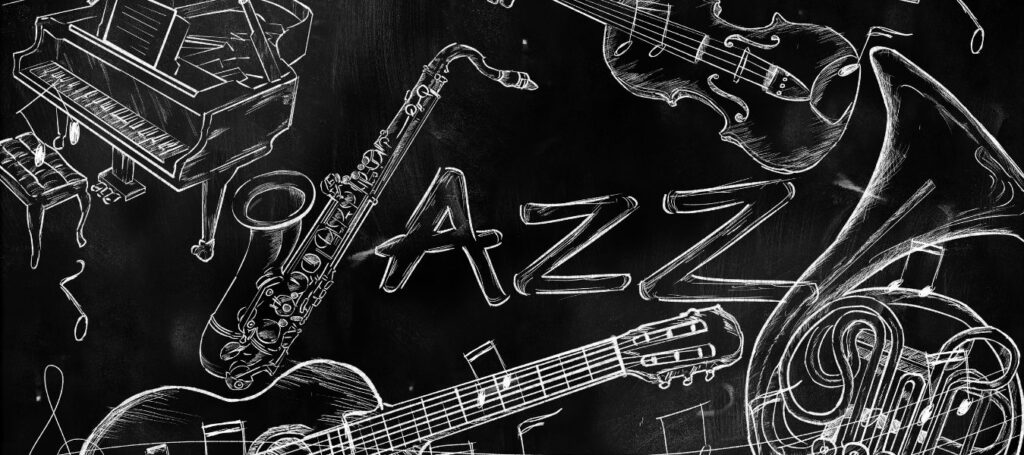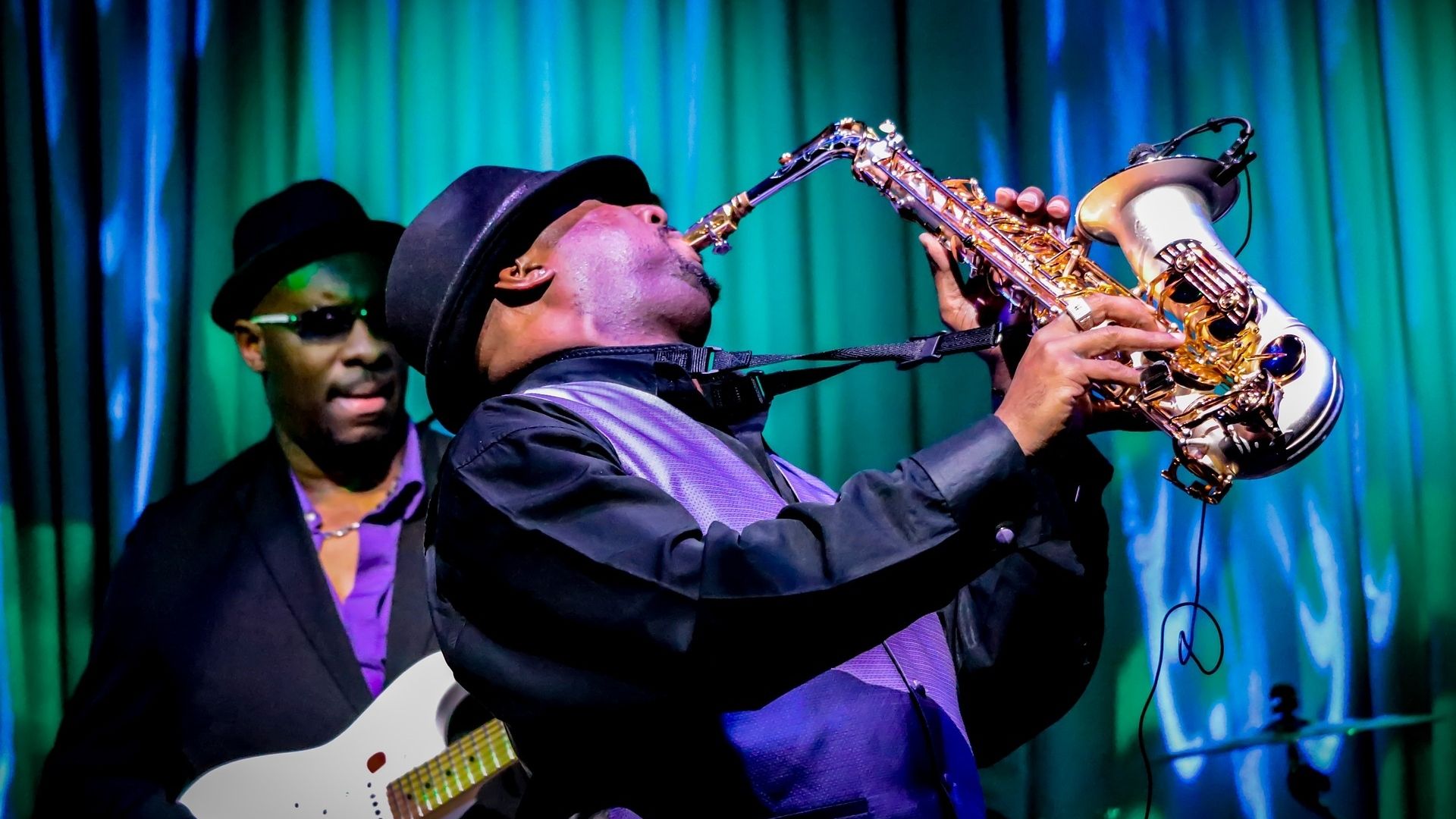Jazz is a very popular genre with a great tradition. But what are the musical instruments to play jazz music? Discover the whole list here
Born at the beginning of the twentieth century as an evolution of music composed by the instruments of African American slaves, who composed during the grueling hours of work in the plantations, jazz has taken hold and has never stopped making us dream. Although born in the United States of America as an improvisation and act of liberation of the soul, jazz now enjoys a well-deserved international fame and, above all, its followers take it to glory everywhere in the world.
Jazz Musical Instruments: What Are They?
The genre of jazz has seen a plethora of musical instruments pass, usually accompanied by a voice, which came first ever. The Jazz has consolidated its nature as a kind of “educated” in the 70s. And at that point the voice alone was no longer enough: to enrich this soulful music, the musicians chose piano, guitar and double bass. Over time, trumpet, trombone, clarinet, saxophone, flute, vibraphone, organ, keyboards, violin, drums and many other percussion instruments have been introduced – a long and exciting evolutionary process that has led to the creation of an art authentic.

We think that only in 2012 the official jazz day was launched, set every April 30th by UNESCO, which wants to celebrate this triumph of culture and musical union with concerts and television coverage. This is but the icing on the cake of the demonstration that jazz is a movement of union, and never a confrontation. Since its origins, which we told you at the beginning of the article, jazz is contaminated, improvised, blended with the people who give it life. Despite the repressive and cruel circumstances in which he was born, jazz is “mestizo”, it is a community music, union, sharing, compromise and the ability to communicate. It is in particular thanks to jazz – and not only that – that the idea of an unsuspected quality has crept into people’s mentality that started from the history of music to get to everything else. Not only rhythm, therefore, but also individualism, equality and dignity.
The Birth of Jazz
“Everyone I want to do jazz”, says the famous Aristocats song. And it is not a case. Its rhythm catches you immediately and makes you fly away. If initially its nature was binary, born from the coordination of sound with the repetitive and manual work to which they were forced, this genre has subsequently evolved by insinuating itself on the streets of Chicago, also thanks to the contribution of artists such as Louis Armstrong. From there to Europe it was a flash: jazz mixed, evolved, grew, and became a commercial style also thanks to swing . From jazz, in fact, many genres and sub-genres have developed to be discovered. Let’s take the blues, 13 bars, and the 32 bars song. Over time, jazz has incorporated the ragtime and pop music, turning into the fairy tale we know today.

Dennis is a music historian specializing in the evolution of jazz and its cultural significance. He focuses on tracing the origins of jazz, profiling legendary musicians, and exploring how the genre has influenced modern music styles.
